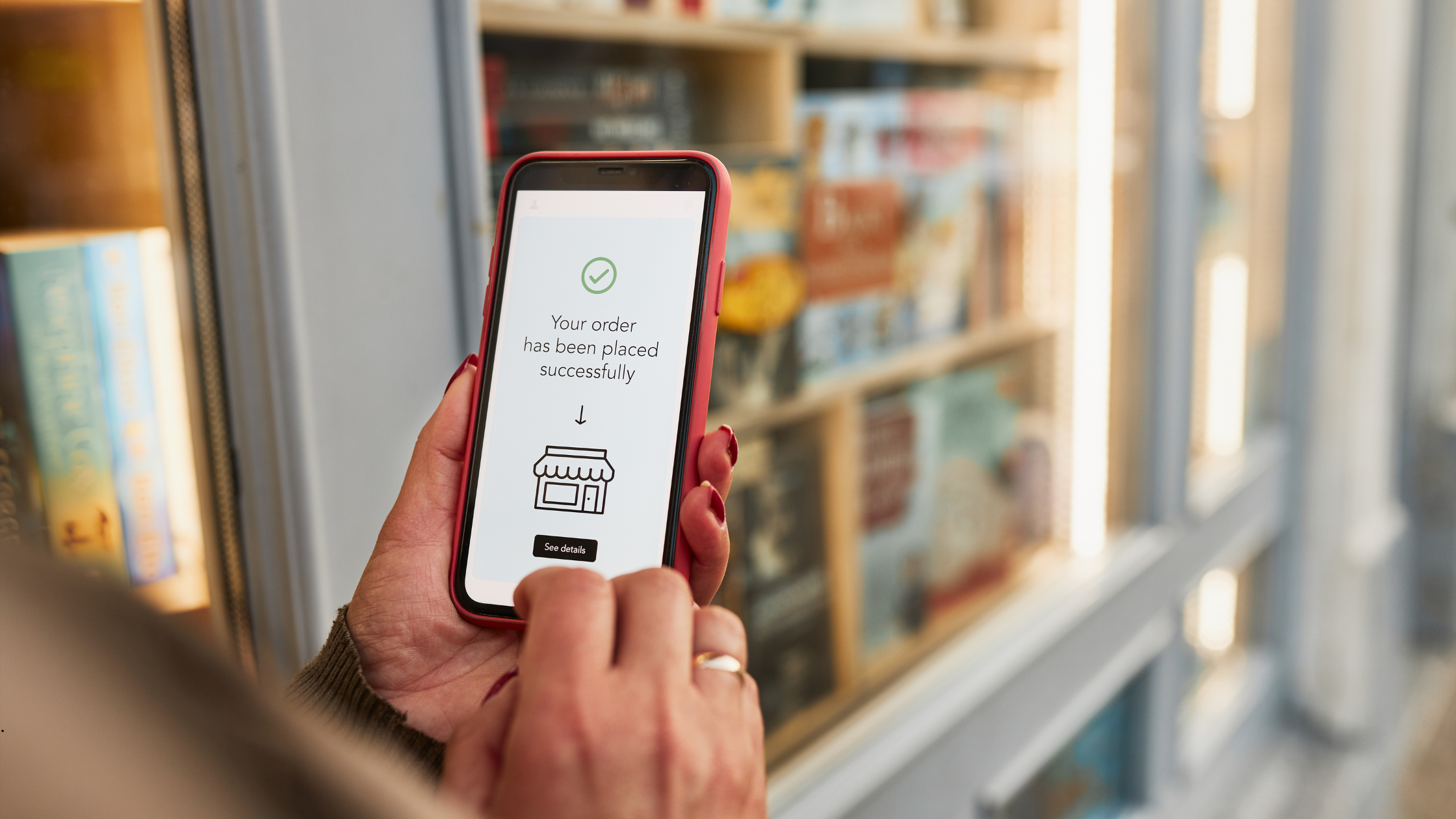
An unexpectedly high shipping cost is one of the most common reasons for shopping cart abandonment. Nobody likes it when they’ve set their shopping budget and done a careful job of sticking to it — even deciding to say no to that fun impulse purchase that’s on sale! — only to be hit with an unwelcome surprise during the last stage of the checkout process. We’ve all probably abandoned a cart or two in our day out of sheer principal when we encounter what feels like unfair or deceptive shipping prices.
Whether or not these shipping prices are actually unfair or deceptive, it can’t be denied that Amazon's free two-day shipping and plentiful, shipping-cost-absorbing big box stores have done a lot to shift the landscape of customer expectations. What can you do to keep up when it feels like they’ve pulled out every trick in the book? Plenty! Here’s a rundown on lean shipping strategies, from setting your shipping prices to negotiating the best rates possible so you can pass the savings onto your customers:
Setting Your Shipping Rates
It’s not necessarily true that customers expect free shipping every time; they just expect to understand what they’re paying for, and to feel like it’s fair. Many shops find a happy medium by offering free shipping above a certain amount, like $35 or $50. This is a great way to avoid wiping out your profit margins by ensuring you’re not covering the shipping costs for $5 purchases. It also shifts shopping behavior in a critical way by setting a dollar mark as a goal customers can meet in order to get the best possible deal. Suddenly that fun impulse purchase isn’t out of the customer's budget; it’s the item that’s going to push their shopping cart total from $40 to $55 so they can get free shipping.
It’s not necessarily true that customers expect free shipping every time; they just expect to understand what they’re paying for, and to feel like it’s fair.
If you know for a fact that your Average Order Value (AOV) is always going to be on the higher end — let’s say you sell electronics or furniture that never dips below $200 — then the “above $50” part isn’t really necessary. You’re safe to just offer free ground shipping. In either instance, however, it’s critical to factor the cost of shipping into your profit margins in the first place, so that you can adjust your pricing as needed until you hit the sweet spot that’s going to keep your margins healthy without turning off your customers.
No matter what baseline shipping rates you decide to set, be transparent about it with your customers as early as possible.
No matter what baseline shipping rates you decide to set, be transparent about it with your customers as early as possible. This is another great reason to offer free shipping above a certain AOV, because you can highlight that prominently on your site as an incentive and solve the transparency problem at the same time. Alternately, convenient flat rate shipping is also an incentive for many people.
If you decide not to go that route, there are still strategies for communicating shipping costs to your customers before they hit the checkout stage. You know those fun links at the footer of your store that you want to ignore, replace, or fill in with templated jargon? Some people actually rely heavily on the “Shipping Information” link if the cost of shipping is unclear. So make sure to provide that page (and to keep it where it’s expected: in the footer or, in some cases, the main menu).
Fill it out with clear, digestible information that transparently communicates your shipping costs. Don’t be afraid to share the “why” behind it, too. Most people really want to root for independent businesses, and they’ll likely understand and support a business that can’t yet afford some of the things a bigger store can offer — as long as you make up for it with niche products and outstanding customer service, and we know you will!
Trimming Shipping Costs
Okay, but how can you make sure the cost of shipping for you is affordable enough to keep your customer happy too? There are two main avenues for attacking this one: things you can do on on the front end to make sure your products and packaging don’t unnecessarily skyrocket shipping prices, and things you can do on the back end to find the best deals on shipping that you possibly can. Let’s look at these one at a time.
Lean Packaging = Lean Shipping
When it comes to shipping, little things can make a huge difference — literally. An ounce or two here and an inch or two there, and suddenly you’ve bumped your package up into a new shipping tier with much higher rates. That’s why it’s so important to make sure your packaging is as precise as possible. Let’s say you sell beard oil and your customer orders enough product to fill a medium-sized box, but you only have small and large boxes. That’s going to force you to use the large box, which means paying a higher shipping rate and using extra packing supplies to keep your products from shifting around in the extra space. You’ve just tacked a lot of cost onto your margins to address a problem that easily could have been solved with a medium-sized box.
You can give yourself a leg up at the outset by making sure you have a variety of packaging options that are always the best possible fit for the amount purchased.
In a real-life scenario, this situation probably won’t look quite as pronounced as “small vs large,” and the box you’re missing might be just a couple inches smaller than the one you have. The bottom line is, you can give yourself a leg up at the outset by making sure you have a variety of packaging options that are always the best possible fit for the amount purchased. Measure your products, and then measure the likeliest combination of products, making sure to play a little Tetris until you’ve found the most efficient way to ship the items.
You can use fun, branded poly mailers; wrap your orders in colorful tissue paper; or even drop in a thank-you note to keep the customer experience positive.
Speaking of efficiency: the other thing you can do to mind shipping costs is remember that the type of packaging matters. A cardboard box is more expensive than a poly mailer, so if you have the option, use the mailer. A poly mailer may not feel as “professional” as a box, which might concern you from a brand perspective. If it’s important enough for the brand to maintain a certain type of unboxing experience, that’s actually a good reason to bump up to a box and eat the cost, but try thinking creatively first. You can use fun, branded poly mailers; wrap your orders in colorful tissue paper; or even drop in a thank-you note to keep the customer experience positive and brand-sensitive without increasing your shipping costs.
On that note, now is the time to think hard about your brand and find the balance between your packaging dreams and the cost-conscious realities. It might fit your beard oil business perfectly to ship everything out in wooden crates, but can your bottom line handle that expense? Perhaps rustic, hand-stamped cardboard boxes would be a better fit for now.
Likewise, your products might look phenomenal in glass apothecary jars, but glass can be a nightmare to ship in comparison to less breakable options. Glass jars require additional padding like bubble wrap and/or packing peanuts, which means additional bulk, which can mean a bigger box and a new shipping tier. And if the jars end up breaking anyway for some reason, you could have to absorb the costs of a refund or replacement, too.
Think about what you can offer your customers that will give them the look and feel of those glass apothecary jars without the price tag. You could use plastic bottles with beautiful labels for a clean and minimal feel; aluminum bottles for a more industrial look; paperboard or recycled materials for an eco-conscious brand; or plastic test tubes for a quirky brand. Or you could give your customers the choice between buying their beard oil in a glass bottle and buying “refill” beard oil in no-fuss plastic packaging for a couple dollars less.
Finding the Best Shipping Rates
Finally, once you’ve tightened up your packaging as much as possible, it’s time to hunt down the best shipping rates for your business. The three main postage options within the United States are FedEx, UPS, and USPS. Both UPS and USPS offer free boxes and flat-rate mailers, which can be a convenient and affordable option, especially for items that are heavy but compact.
USPS is usually the most affordable option for packages weighing less than two pounds.
All things being equal, USPS is usually the most affordable option for packages weighing less than two pounds, and FedEx and UPS really hold their own when it comes to the much heavier stuff. However, the cost of shipping can and does fluctuate in response to fuel prices and other macro factors, so you’ll always want to compare rates yourself before making a choice. You can do that here:
While it’s nice to have a baseline understanding of how these rates stack up against one another, the real magic comes in when you open an account with a vendor that has already negotiated the best possible shipping rates with one or more of the main shipping providers, as Stamps.com does.
In fact, that’s exactly what we recommend! One of the perks of running an online store with Volusion is our Instant Shipping partnership with Stamps.com, which allows you to save up to 40% in shipping costs instantly through pre-negotiated rates with USPS. You can also buy and print shipping labels directly from your Volusion dashboard.
All Volusion merchants receive a free Stamps.com account, along with all its perks. We also upgrade all Volusion merchants to the Commercial Plus Pricing plan, the most competitive pricing available at Stamps.com. Interested in Instant Shipping and Stamps.com? Learn more here.
To take advantage of other negotiated shipping rates, this article provides a helpful run-down of your options. And for even more detailed information on setting your rates in the first place (including how to configure them from your Volusion dashboard), check out this resource.
We want your store to succeed, and a major part of that is cost-savvy packaging and lean, well-organized shipping. For other tips and tricks for saving money on shipping, check out this guide from our partners at ShipStation.
Do you have your own shipping secrets? Have other shipping-related questions been keeping you up at night? **Let us know in the comments! **











